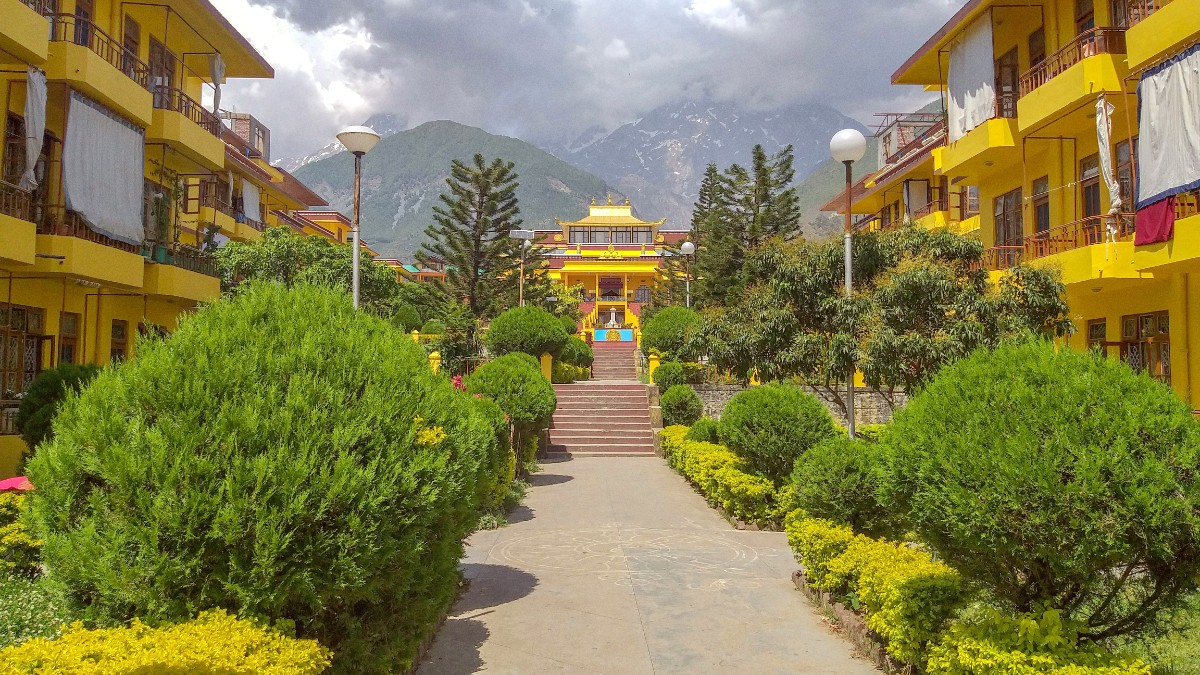
India
Spring/Autumn (March-June, Oct-Nov): These seasons give mild to warm days and cooler evenings. Pack light layers for daytime comfort: t-shirts, light Long-sleeved shirts, and comfortable pants. A Fleece jacket or a light sweater is useful for evenings when temperatures drop. A light Waterproof jacket provides defense against unexpected showers, which can occur even outside the monsoon season.
Monsoon (July-September): Heavy rainfall defines this period. Prioritize waterproof and quick-drying clothing. A good quality Lightweight rain jacket and Waterproof pants are necessary. Pack extra sets of clothes, as high humidity and continuous rain mean items take longer to dry. Waterproof footwear is also useful. Winter (December-February): Warm layers are highly recommended. Start with Thermal base layers, like Minus33 Midweight Merino Wool Expedition Crew or similar. Add a fleece layer, followed by a warm Down jacket or a heavy wool coat. A Warm hat, Gloves, and Thick socks are also useful additions to protect against chilly winds and potential snowfall.
Comfortable walking shoes or sturdy sandals for town exploration.
Waterproof hiking boots (e.g., Merrell Moab 3) for trails like Triund.
Shoulders and knees covered, specifically for religious sites. Carry a scarf.
India uses Type C, D, and M plug sockets. The standard voltage is 230V at a frequency of 50Hz.
India uses GSM networks. Your phone needs to be unlocked to use an Indian SIM card.
Cloud storage (Google Drive, Dropbox) or external hard drive for photos and documents.
Download offline maps and translation packs before arrival.
A universal travel adapter with surge protection guards your electronics.
A well-stocked health and wellness kit gives peace of mind when traveling to Dharamsala, addressing common ailments and personal needs.
If you are prone to motion sickness on winding mountain roads, consider bringing appropriate remedies.
For treks like Triund, proper gear can make a difference.
Comfortable attire for classes.
Some items can be rented locally to save luggage space.
Long bus or train journeys are common when traveling to Dharamsala.
To lessen your environmental impact and save money, carry reusable items.
Reduces plastic waste.
For market purchases.
Eco-friendly device power.
Avoid disposable plastic.
Pack light but smart. Prioritize versatile items.
Don't forget comfort items for long travel segments. Copies of documents stay separate from originals for security.